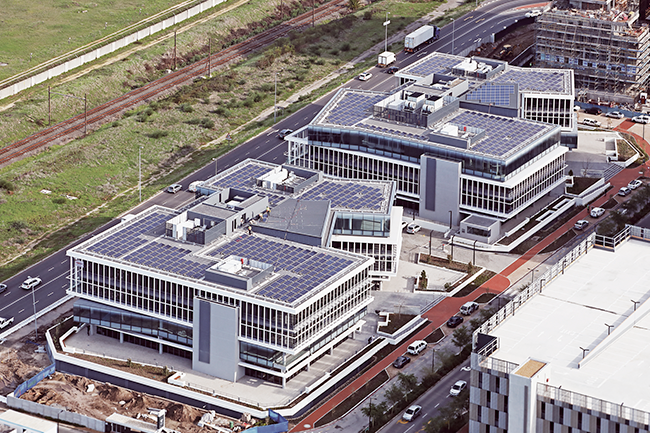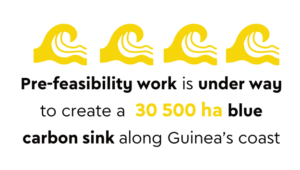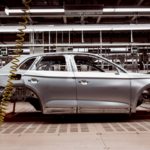Southern Africa, along with the rest of the continent, is naturally blessed when it comes to the sun’s bounty. South Africa, for example, averages more than 2 500 hours of sunshine per annum, while average solar-radiation levels range between 4.5 kWh/m2 and 6.5 kWh/m2 within one day.
Solar PV technology, which converts energy from the sun into electricity, is a form of small-scale embedded generation (SSEG) that can be used in buildings of all sizes. As one of the fastest-growing renewable-energy technologies, solar PV installations can be combined to provide electricity on a commercial or even utility scale, or arranged in smaller configurations for mini-grids.
The recent decision by the South African government to raise the licensing threshold for embedded power generation plants to 100 MW (from 1 MW) has been widely welcomed. ‘The announcement will pave the way to the development of a more robust commercial and industrial market segment, with assumed growth of 500 MW per year from private distributed solar PV generation,’ says Niveshen Govender, chief operations officer at the South African Photovoltaic Industry Association (SAPVIA).
‘The potential impact here could be game-changing for the economy with local participation at a global standard creating jobs and potentially seeing the creation of more, successful, locally owned SMEs.’
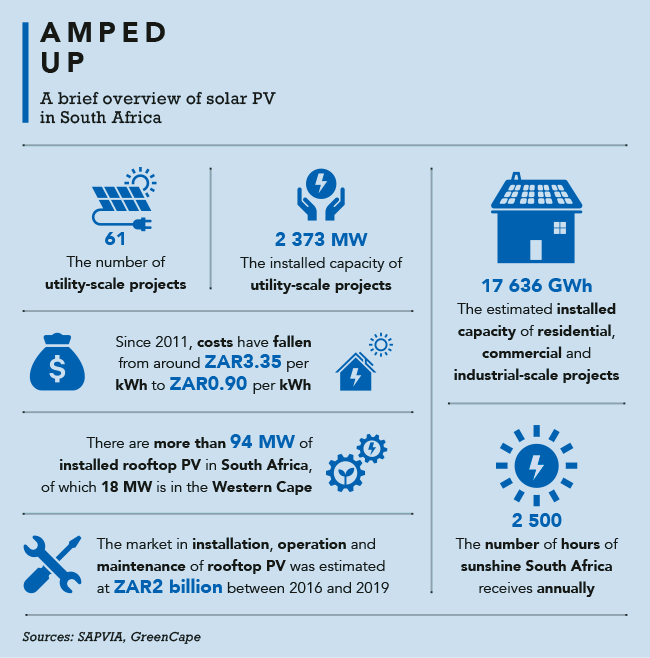
According to Govender, solar PV systems are among the most cost-effective options available from renewable energy. He says that thus far capacity online (1 957 MW) has reached 85% of the 2 292 MW of solar PV procured so far through South Africa’s Renewable Energy Independent Power Producer Procurement (REIPPP) programme. For small-scale renewable energy projects, 80 MW of the total 99 MW procured under the two bid windows for small projects comes from solar PV.
As the costs decrease, so interest in such systems increases. NPO GreenCape estimates that average solar PV costs in South Africa have fallen from ZAR3.35 per kWh in 2011 to ZAR0.90 per kWh in the fourth round of the REIPPPP.
Govender explains that, with rooftop solar projects, each installation is designed and configured to meet the individual requirements of the consumer or end user, as well as the terrain or building. ‘The beauty of solar PV is that it can be adapted to the roof structure, environmental conditions, available technology, purpose of system, installer comfort and user preference,’ he says, adding that this adaptability delivers a least-cost, quick-to-build and quick-to-connect energy source.
Brian Unsted, asset management executive and head of Good Spaces at Liberty Two Degrees, a precinct-focused real estate investment trust, says the rooftop PV market has matured to the point where it provides very secure financial savings on almost any facility where it can be installed. And, in the case of Liberty Two Degrees’ installations, it has reduced reliance on the national grid by 5% to 6%, he says.
‘The scalability of the projects is impressive, and if we’re suddenly able to ramp up from providing a 1 MW system to a 5 MW system, it really significantly changes our reliance on grid power supply.’
The company’s first solar PV system (a 1 MW system) was commissioned at Liberty Midlands Mall in KwaZulu-Natal in early 2019, while its most recent 1 MW system was installed at Eastgate Shopping Centre in Johannesburg.
The latter is mounted on carport structures in the parkade and produces more than 2 000 000 kWh of electricity a year. It also ties into backup generators, so that when there is load shedding during the day, the system can reduce the diesel consumed by the generators.
Talking in greater detail about the installations, Unsted says the process to develop and procure the systems is easily repeatable and optimisable, making each new site a little quicker and easier to get online. ‘We also use the latest high-efficiency panels, therefore requiring less space per power output. Online monitoring in real-time is available, with advanced weather stations to optimise power outputs on an ongoing basis and to vet the system performance,’ he says.
‘In the instance of Liberty Midlands Mall, we designed the roof structure to be able to accommodate a solar PV system. In this way, the capital cost requirements were minimised without having to retrofit anything or have any concerns over weight-loading. This ensures good financial returns on projects of this nature.’
Considering the recent 15% electricity cost increase by Eskom, Unsted says that rooftop PV is becoming ‘almost a no-brainer investment option for all retail facilities, provided space and structural limitations can be overcome’. He adds that his company is currently investigating solar PV installations for various other sites, including Sandton City.
Africa’s largest food retailer, the Shoprite Group, is expanding its solar project by installing rooftop PV panels at numerous sites across South Africa and Namibia. The company currently generates enough electricity to power more than 1 100 households, some 12 300 MWh a year from solar energy.
As of 2021, as many as 18 of its stores use solar power for their operations, including Checkers Plettenberg Bay Mall, Constantia, and Hermanus, and Shoprite Strand (all in South Africa’s Western Cape province), Shoprite Rustenburg (North West), Shoprite Kimberley and Kathu (Northern Cape), as well as Shoprite Oshakati, Otjiwarongo and Tsumeb in Namibia. The group’s largest installation is at its Basson distribution centre in Brackenfell, Western Cape, which has a generation capacity of 1 MW and features enough solar panels to cover an entire soccer field (7 706 m2).
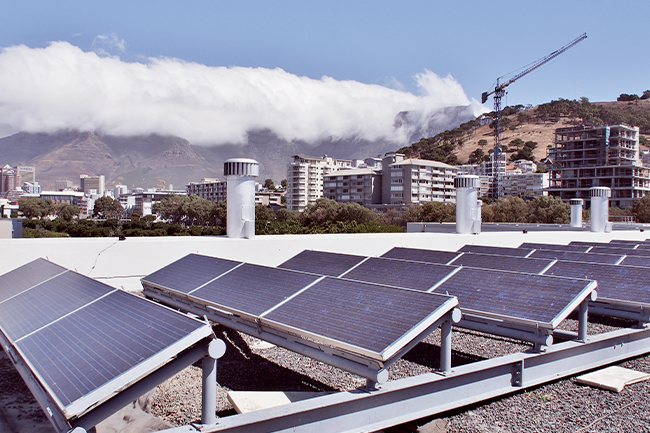
In addition to its rooftop solar installations, Shoprite has fitted 649 solar panels to the roofs of its refrigerated trucks, which generate 760 MWh a year. These allow the truck drivers to switch off the ignitions at delivery locations, reducing noise and exhaust pollution but keeping the cold chain intact. According to Shoprite, the power generated through these truck rooftop solar panels is enough energy to power 1 040 refrigerators for a full year.
Sanjeev Raghubir, sustainability manager for the Shoprite Group, says that in addition, the group has signed an agreement that will see it procure 434 000 MWh of renewable energy per year for the next seven years. ‘We are the first retailer to close such a deal, which is arguably the first of its kind in Africa.’
South African Breweries (SAB) and parent company AB InBev Africa announced in early 2020 that their breweries across South Africa were moving to on-site solar facilities. Combined, the plants will comprise more than 23 000 solar panels, with these PV systems producing close to 14 GWh per year of electricity. This is part of a multibillion-rand investment to ensure that the entirety of the electricity requirements at AB InBev’s manufacturing sites across Africa come from renewable sources by 2025.
Motor vehicle manufacturers in South Africa have been hugely proactive when it comes to supplementing their operations with renewable energies, with Volkswagen, Ford and Toyota implementing different systems to reduce their reliance on the national grid.
While the Volkswagen Group South Africa (VWSA) will be looking at biogas for its Uitenhage manufacturing plant, the Ford Motor Company of Southern Africa last year announced a ZAR135 million solar-energy project for its Silverton assembly plant – part of its strategy to develop an integrated renewable energy solution.

The strategy aims to have the factory – which is the producer of the Ranger and Everest models for both domestic sale and export – entirely energy self-sufficient by 2024, and will include biomass, biogas and bio syngas in the energy mix.The plan involves the installation of specially developed solar PV carports throughout the facility, using more than 31 000 solar panels to provide 135 MW of power. Covering parking bays for around 4 200 vehicles, it will be one of the largest solar-carport systems in the world.
Toyota South Africa Motors, meanwhile, has set a fairly ambitious goal for its manufacturing plant in Prospecton, Durban: zero CO2 emissions from the factory by 2050. So far, the company has spent more than ZAR33 million installing PV panels around the plant, which is currently able to generate 3 MW of electricity from solar power and save 3 600 tons of CO2 a year. The goal is to have 16 MW installed by 2025.
With so much progress already made, what does the future hold? Govender says the next 12 months are filled with ‘fantastic promise’ for the solar PV sector in light of the changes to the licence-exemption limits.
While the opportunity for municipal procurement is still unquantified, he explains, these regulation changes allowing municipalities to procure from independent power producers mean we could see a new market segment created that could completely change and enhance the distribution network by allowing customers to leverage SSEG installations and connect them to municipalities’ distribution network.
The future, Govender adds, ‘is – and should be – powered by solar PV’.
By Toni Muir
Images: DHK, Gallo/Getty Images

